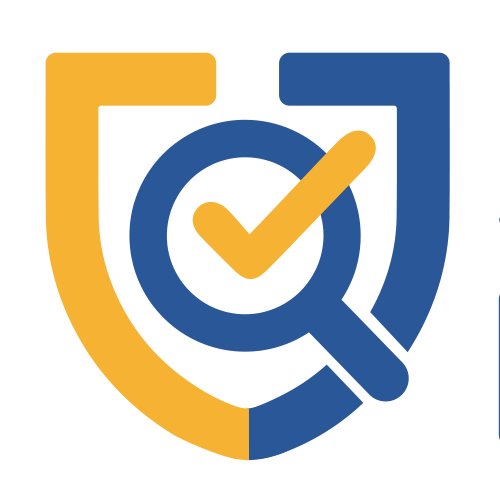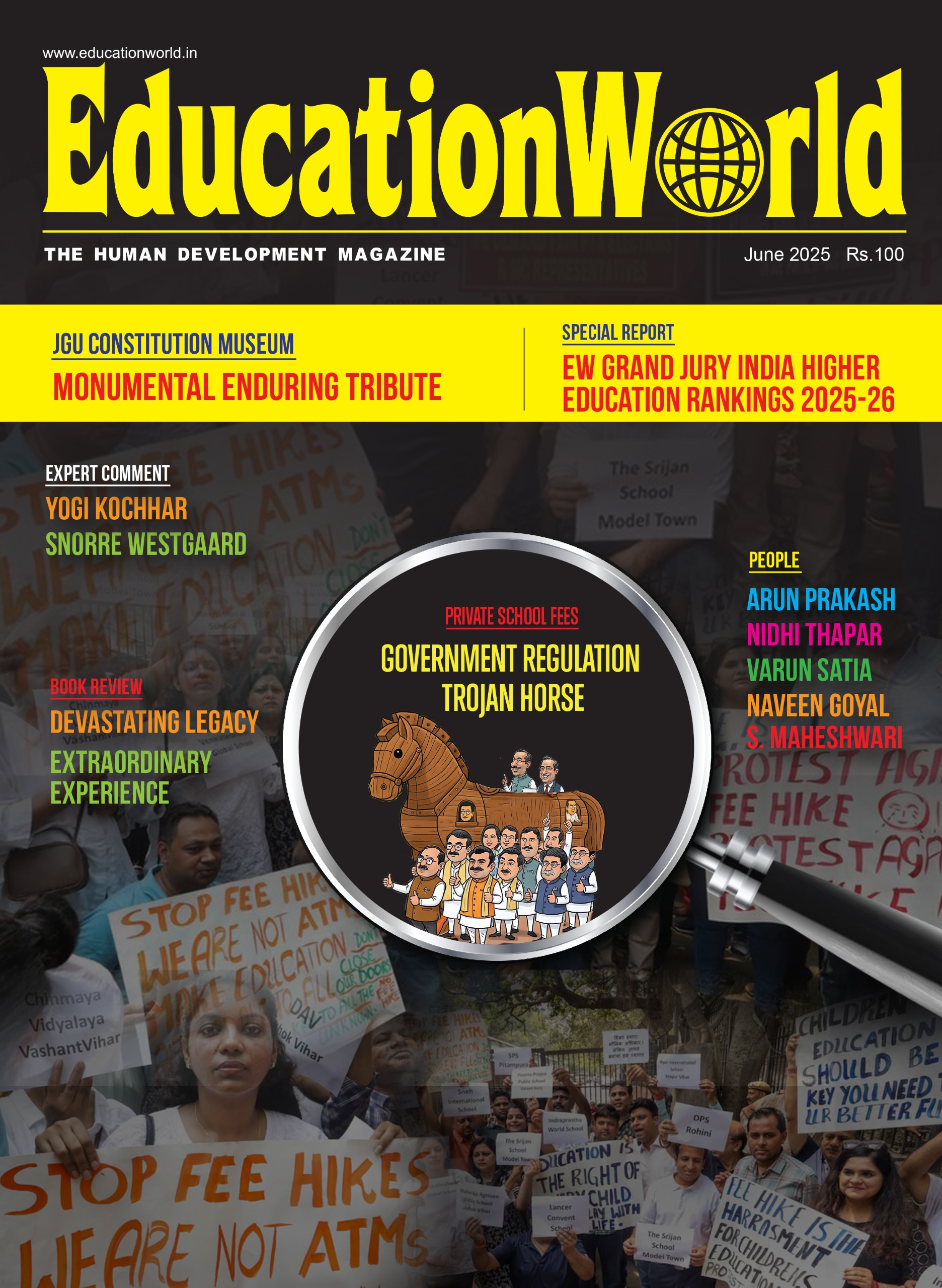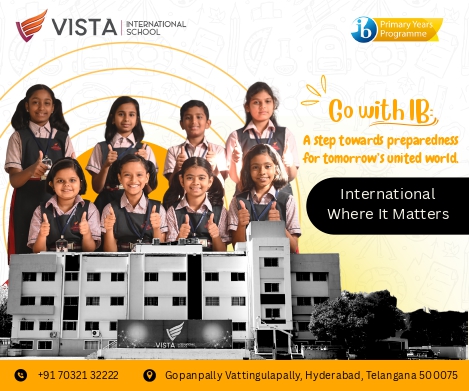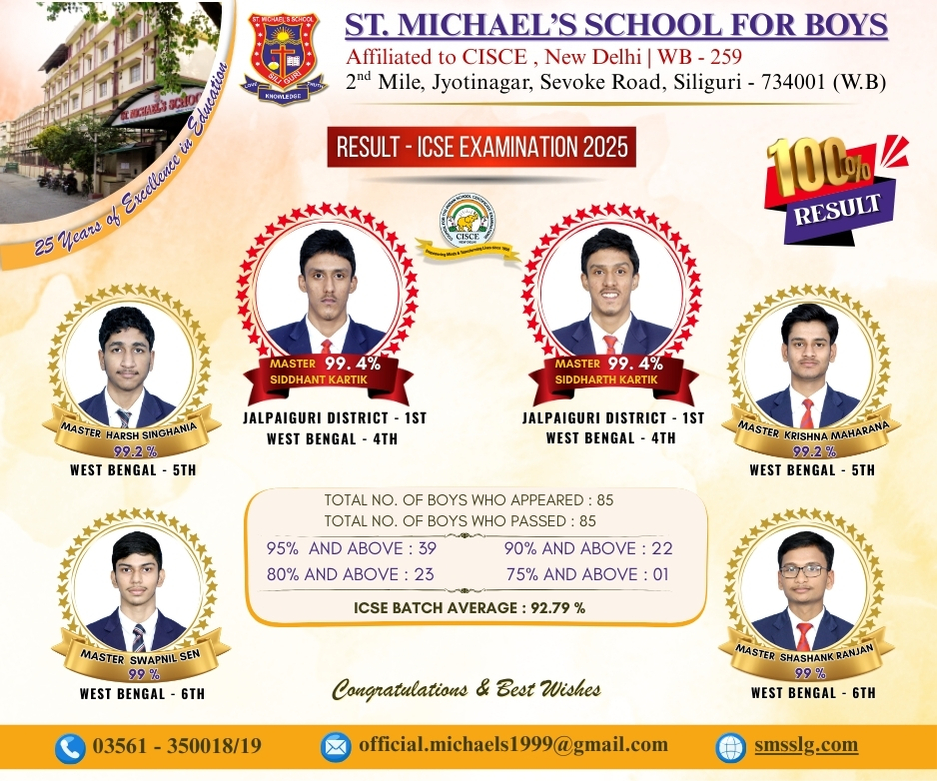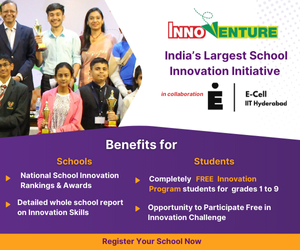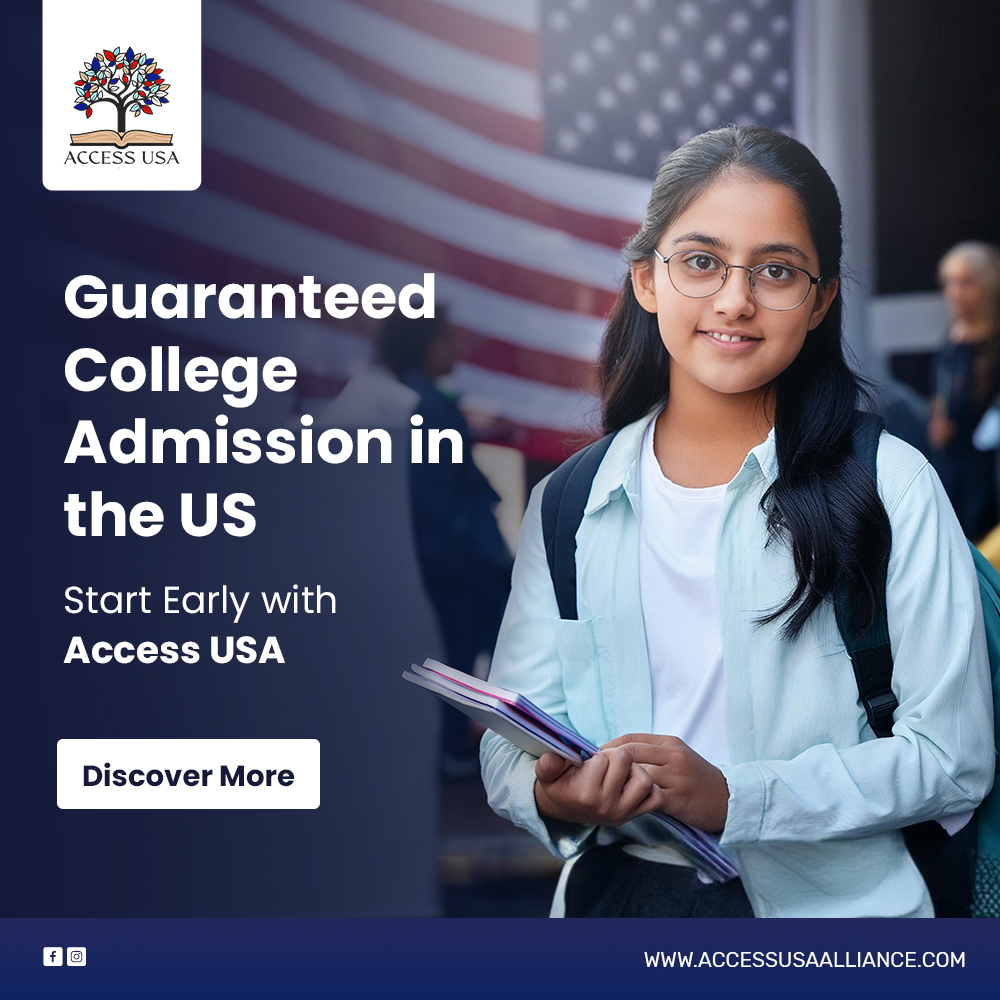 Gaurav Singh
Gaurav Singh
Higher education in India is regulated by agencies such as UGC. The regulators – at best – have taken a very guarded approach towards allowing for the use of digital aka online education in the formal higher education.
There are three major regulations which guide the Indian higher education in the direction of digital adoption in the teaching learning space. The UGC (Credit Framework for Online Learning Courses through SWAYAM) Regulation, 2016, University Grants Commission (Online Courses or Programmes) Regulations, 2018 and University Grants Commission (Open and Distance Learning) Regulations, 2017. The first stipulates that an Institution can only allow up to 20% of the total courses being offered in a program in a Semester through the online learning courses provided through SWAYAM platform. As per a press release on 31st Dec 2018 “More than 1600 courses available on SWAYAM Platform.” More than 1,000 specially chosen faculty and teachers from across the Country have participated in preparing these courses. In order to ensure best quality content are produced and delivered, 9 National Coordinators have been appointed: They are, University Grants Commission (UGC) for Post-Graduation Education, Consortium for Education Communication (CEC) for Under-Graduate Education, NPTEL Consortium of 7 Indian Institutes of Technologies & Indian Institute of Science for Engineering, National Council for Education Research & Training (NCERT) & National Institute for Open Schooling (NIOS) for School Education, Indira Gandhi National Open University (IGNOU)for out of the School Students, Indian Institute of Management (IIM) Bangalore for Management Studies , National Institute for Technical Teachers’ Training ( NITTTR) for teachers training program and All India Council for Technical Education (AICTE) for ARPIT Courses (Annual Refresher Programme in Teaching), Self-paced & Courses by Foreign Universities.
The above regulation is the specific problem associated with the modus operandi chosen by MHRD to promulgate digital education in the classroom. SWAYAM was conceived with good intentions that to usher Indian higher education in the era of digital education. But as the saying goes for the roads that are paved with good intention….
Till date, more than 39 Lakhs learners have been enrolled in more than 1600+ MOOCs courses that have been run through SWAYAM. 60,000 persons have completed the courses.
The press brief is decidedly silent on the break up of utilization. But the above statements does say 2 things. The completion rate is 1.5% only despite having a strong dovetailing into the regulated space. Lets us for a moment also assume that all 60,000 person who completed the course are from regulated space and are unique learners – which translates to less than 0.2% (30 Mn+ enrolment in higher ed space) of leaners logging onto SWAYAM. In major MOOCs platform the completion rate of users taking “verified” course is 46%. Need one say more about the state of affairs of SWAYAM.
One would want to make a humble submission here. The failure in eLearning is rarely about the platform. It is almost about the failure of content. Its completely unimaginable today to expect a service provider from any domain to take services from another service provider and channel them to the end client. On a broad level, an educator (Service provider) worth his/her merit would be loathe to teach their students (End client) using another educator (service provider) content. It is bewildering that MHRD didn’t recognize this and without realizing promotes education as a commodity rather than a service – a classical bureaucratic tale.
The struggles of govt agencies operating in services sector – particularly where the government is the guarantor of service – such as health care and education, is well and truly captured in the essence of SWAYAM. Also, the obsession with SWAYAM as a guardian of quality education which no other platform can guarantee is comparable to a movie mystery. Eventually, SWAYAM came about to be a deterrent to innovation & adoption of new age learning platforms rather than serving any other purpose.
One really wishes that SWAYAM was better equipped to serve the nation in the times of COVID-2019 disruption – it just couldn’t rise to the challenge. Thankfully, this scenario has got (rightly modulated in specific instances as highlighted in University Grants Commission (Online Courses or Programmes) Regulations, 2018.
Eligibility Criteria.—Any Higher Educational Institution, which fulfills the following conditions, may apply for offering Online Course or Programme, namely:-
- should have been in existence for at least five years
- should be accredited by the National Assessment and Accreditation Council (NAAC) with minimum score of 3.26 on a 4-point scale; and
- should be in the Top-100 in overall category in the National Institutional Ranking Framework (NIRF) for at least two years during the previous three years
So essentially an elite list of universities of the 900+ universities can offer online courses to the students. What makes matter interesting is that by 2020 only 6 private universities have started are offering online courses. The most welcoming thing about the regulation is that this has at-least made a start and paved a way for developing regulations that grant autonomy based on quality parameters.
It is a departure from one size fits all approach and should actually create the much needed ambiance for digital education.
It would be worth noting that NAAC and NIRF are both heavily geared towards assessing quality of brick & mortar education. If one were to be critical, this regulation has decided the long jump potential of an athlete by assessing the performance in high jump.
However, this regulation has still a far better chance of success than the regulations which guide SWAYAM. What collective SWAYAM fails to recognize is the academic autonomy which each faculty enjoys and the accountability which needs to be enforced on the competent authority at the institute – which this regulation does.
Also, the fundamental of eLearning is that the courses need to be hinged around the learner levels – atleast at a cohort level, if not individual level – which is best understood by the faculty which engages with them and hence allowing the faculty members to be in control would accelerate the adoption. One believes that in the post COVID world, this particular regulation would be the anchor for a boom in digital education and engage particularly the private universities to innovate on ed-technology through this regulations.
One cannot discuss online education without a discussion on one of the most slippery subjects of Higher education – Open and Distance Learning. The New Education Policy tries to give direction to digital learning through this lever.
The University Grants Commission (Open and Distance Learning) Regulations, 2017 provides the anchor for this space. In an ideal scenario, Open University should have been the beacon of digital education and should have evolved with advent in eLearning. Dr B.R Ambedkar Open University founded in now Telengana in August 1982 was India’s first open university and IGNOU which enrols over 4Mn students was founded in 1985 – and is perhaps world’s largest open university.
As per AISHE there are 16 dedicated Open Universities in the country (1 Central Open University, 14 State Open Universities and 1 State Private Open University). Also, the Open and Distance Learning regulations apply to traditional universities offering courses in distance mode. They are commonly referred to as Dual Mode Universities and are 110 in numbers. The 1 state private open university is in Arunachal Pradesh and has enroled a total of 26 students in 2017-18.
Considering that the open universities operate within the state territorial jurisdiction and have a historic precedence, it would also be natural to expect that each state would create and boast of best in breed open universities. However, many states such as Jharkhand, Haryana, Andhra Pradesh, Himachal Pradesh, Punjab do not have a dedicated open university. Jharkhand till about 2020 was a state which did not have either a dual mode or an open university.
These open universities typically serve the despairing category of students who due to unfortunate circumstances do not have education as a dedicated pursuit. Very often the more aspiring students turn to private dual mode universities or international MOOCs for right credential and up-skilling.
Probably due to numerous irregularities arising out of “fake” universities don’t infuse trust among any stakeholders. Regulators have also tried to maintain status quo by building the regulation around Print & dispatch of Self Learning Material (SLM) and Student Learning Center (SLC) rather than giving a stronger push to the digital learning – which merely comes about as nice to have only feature. Scanning of text books and making them available seems to be the accepted definition of eLearning in the open university space.
While the regulations nowhere uses the word “correspondence”, the open university system has got relegated to a correspondence program with a digital presence. Post COVID world may expect a revival of sorts for such universities.
The bright light today is the NEP which hopes to see a digital revolution through such open universities.
Between these 3 regulations the future of the anticipated digital learning in higher education lies. These regulations have been at a snail pace as compared to the tremendous rise in digital adoption in India leaving the sector bereft of the character it needs to demonstrate in 21st century in a country having a young population.The regulations continue to look at the most underserved of students and to ensure a minimum education guarantee & quality put the thrust on minimal creativity and maximum compliance to proven & trusted methods.
Regulations like “Online Courses or Programmes” is a start which understands differential learning needs and capability to offer education at varying flavours. It is a start and MHRD needs to create a brisk momentum largely around this trio of regulations.
Gaurav Singh is senior manager at Ernst & Young.
The views, thoughts, and opinions expressed in the article belong solely to the author, and not necessarily reflect the views, thoughts, and opinions of EducationWorld.
